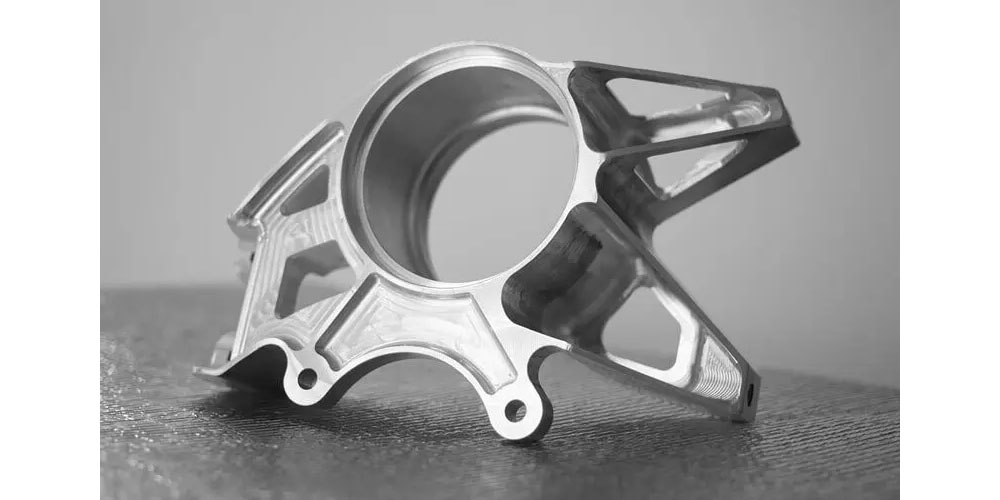The hot forging process requires the application of extreme heat depending on the metal type. For instance, the maximum temperature needed to deform steel is 1150 degrees Celsius, for aluminum alloy is 360-520 degrees Celsius, and the range for the copper alloy is 700-800 degrees Celsius. The high temperature is necessary to prevent the metal from strain hardening during deformation. One of the most common hot forging processes is stamping, whereby the manufacturer squeezes the material between the die surface and tool in a press. Although hot forgings have numerous benefits, there are also disadvantages to the process. This article outlines the pros and cons of the hot forging process.
Advantages of Hot Forging
One of the benefits of hot forging is its high strain rates. Due to this, it allows the material to flow easily, and the forces required for the recrystallization and recovery process are less. The hot forging process also produces a wide range of shapes compared to warm and cold forging processes. In addition, hot forging dies are relatively cheap to produce; hence the process is ideal for small batches and well-shaped components.
On the contrary, other forging processes are well adapted for producing high volumes of components with simple geometries. These processes require complex dies, which are amortized on the large part numbers. Moreover, the high temperature used during hot forging allows the maximum material deformation and the formation of 3D geometries.
Hot forged parts have good ductility, making them perfect for several configurations. In addition, hot forging is flexible than cold forging as you can manufacture customized components. Hot forgings have an excellent surface finish since the manufacturer can polish, coat, or paint the parts’ surfaces depending on the client’s needs. Plus, hot forging parts are available globally, impacting positively on their price. Additionally, hot forgings have:
- Harmonized grain structure.
- High formability ratios.
- Reduced chemical inhomogeneity due to increased diffusion
Disadvantages of Hot Forging
Hot forging has many advantages, but it also features unfavorable effects. These include:
- Poor dimensional tolerances. Hot forged parts have less accurate dimensional tolerances than cold forged parts.
- Cooling during the hot forging process requires special conditions to minimize the risk of warping.
- The granular structure of hot forged metal can vary, presenting a risk of reaction between the parts and the environment.
- Hot forging metals have a higher yield than warm and cod forged components due to the heating scale and subsequent machining.
- Requires extra costs. Hot forged materials achieve their properties by heat treatment where the workpieces are quenched to a temperature of 1000 degrees Celsius and restored to 500 degrees Celsius. The process requires additional expenses that you can avoid if you use cold forging except in relaxation, softening, and annealing.
- Manufacturers need to machine the functional parts of the metal before assembly to eliminate undesirable surface conditions, dimensional tolerances, and residual contamination, which are unsuitable for mechanical assembly design.
Conclusion
Hot forging is the perfect option for steel forgings applied in technical fields and deforming metals with a high formability ratio. The main advantages of the hot forging process include high strain rates, homogenized gain structure, increased ductility, and it needs less hardening force. However, the process has cons like less accurate tolerances and the possibility of warping during cooling.
